Blisters are a nuisance wherever they appear on your body. Unlike blisters on your hands or other body parts, dealing with blisters on your feet can be extra challenging. It’s easier to rest other body parts than it’s to stay off your feet, after all.
This article is going to include ten tips to help address foot blisters. Each one is going to help with either blister prevention, treating existing blisters, or both.
1. Shoe size matters
Blisters can form from friction in your shoes. If your shoes are slightly too large and a blister forms, that looseness will make it even more irritating. Solve this issue by choosing the right shoes in the first place.
Your feet should fit comfortably in your shoes from the start of the day to the end of the day. This goes for everything from casual shoes to hiking boots. If you’ve ever felt discomfort from your shoes, look into remeasuring your shoe size. That way, when you get a new pair of shoes, you can know you’re getting the right size.
This goes for both width and length. Especially if you travel long distances (like hikers) or spend long days on your feet (like nurses), wearing the right shoe size is essential.
2. Dry feet are happy feet
Moisture can increase the likelihood of blisters forming. If your shoes or socks are damp, friction may cause chafing to occur. Chafing increases the likelihood of blisters forming.
There are a few ways to solve this issue. The first is to wear breathable shoes with an upper made of canvas or mesh. Wear (well-ventilated) leather shoes paired with moisture-wicking socks.
A moisture-wicking pair of socks should absorb moisture from sweat and quickly dry on their own. Regular cotton socks, for example, absorb moisture well but fail to dry fast enough. Keeping your feet dry is simple but immensely important for blister prevention.
3. Don’t pop blisters (even when it’s tempting)
Blisters can be large, potentially fluid-filled, and either uncomfortable or even painful, but you never want to pop a blister. Popping it can impede the healing process and expose you to the risk of infection.
If you have a large or painful blood blister, there are ways to drain them safely. This way, you reduce the risk of them popping on their own. Wash the area very well and keep any tool sterilized with rubbing alcohol. If you aren’t sure how to care for a blister, reach out to a podiatry specialist before starting.
At this point, you can check for signs of infection. This may include white or yellowish drainage or extreme redness around the skin. Don’t remove the skin around the blister, but do wash the area and cover it with a bandage.
4. Cover the irritated skin
When blisters form, the upper layer of skin tears away from the lower ones, and fluid fills the interstitial space. A major part of blister prevention is stopping this from happening in the first place.
If you have a pair of shoes you like to wear without socks, examine your feet for signs of irritation (like hot spots). Place a bandage or covering, or apply ointment to any irritated skin. This can maintain your skin’s health.
Whether you’re merely irritated and haven’t yet had blisters form or if you’re treating a blister, coverage matters. Even a simple band-aid can help immensely. It's best to use tools geared for blisters since duct tape can be abrasive.
One of the most popular bandages for blisters are doughnut pads. These pads are often made of moleskin and are designed specifically for blister prevention and care. Doughnut pads have a cut-out slot meant to be placed above the blister.
Meanwhile, the bandage covers the skin around the bandage: This alleviates stress on the blister while also protecting the surrounding skin.
5. Lubricants and powders can ease symptoms
This tip follows up right on the back of the previous one. Aside from coverings, there are a variety of other ways to help reduce the risk of blisters. Lubricants and powders serve a few key purposes when preventing blisters.
Lubricants reduce the negative effects of friction on your skin and can also subtly moisturize them. Importantly, lubricants like petroleum jelly and Vaseline serve to protect your skin.
Talcum powder and baby powder can serve as an antiperspirant, keeping your skin dry and content. Simply place your preferred substance on the affected area, according to your needs. These effectively prevent blisters and alleviate the pain of existing blisters.
If, despite your best efforts, blisters form, over-the-counter solutions help. Antibiotic ointments can also help when it comes to treating blisters. This can expedite the healing process if your blister becomes infected or you want to take preventative measures.
If you are experiencing severe irritation or pain, you may need to visit a doctor.
6. Choose your fabrics carefully
Your fabric has an outsized impact on the formation of blisters. Friction blisters form from your skin rubbing directly against fabric or against the skin. Denim and other rough fabrics are some of the worst offenders when it comes to the formation of blisters. Four-way knit made from recycled fabrics like in the Madrid Eco-Knit are some of the most breathable shoe fabrics.
The effects of friction are exacerbated by distance. Long walks with repetitive motions create repeated rubbing and can be most damaging.
What works well for blisters, then? Any fabric made to be moisture-wicking also helps to reduce friction and chafing. In addition, some socks are built with comfort tabs and special seams to encourage blister prevention.
7. Think about shoe shape
The design process of a high-quality shoe is extensive, with each detail demanding significant attention. Today, we’re just going to talk quickly about the toe box. A cramped toe box doesn’t only contribute to calluses but also bunions and ingrown toenails.
Shoes with roomy toe boxes like The Athens can preserve your newest pedicure and prevent calluses and more.
8. For severe cases, get a check-up
Most blisters heal on their own, without extensive outside interference beyond basic care and first-aid. Still, there are a few instances when you should consider visiting a podiatrist. This may be the case if:
- The skin around the blister becomes visibly inflamed or bright red.
- The blister came about as a result of sun damage or burn exposure.
- The blister, on its own, has started leaking pus of any color other than clear.
Hopefully, the solution to a blister beyond this point will be minor and corrective. A podiatrist can help identify if there may be worse issues at play.
9. Calluses are good
Getting a blister on the side or top of your foot can be aggravating. Getting a blister on the base of your foot, especially the heel or forefoot, can be agony. It’s challenging to avoid walking on the blister and thus aggravating it further. Luckily, there is a way to help prevent blisters — allowing your feet to become stronger.
Calluses are often given a negative connotation. However, these often-disparaged skin patches serve an incredibly important purpose. Calluses help protect your feet from both casual and intense activity.
For dancers, calluses are an essential part of their instrument. They reduce the pain of dancing in ballet flats or without shoes. Since some footwear is only lightly structured and cushioned, the foot has to support itself. There is even thorough research on how to care for calluses.
Once you build up calluses, they can be taken care of with exfoliants or a pumice stone. They should also be lightly moisturized; otherwise, they may crack and become damaged. Never use a sharp object to attempt to remove or reduce the callus.
Once these build up, they can help support your feet in any situation. This can prevent blisters and benefit future foot health.
10. Pay attention to how your treatment plan is working
There are plenty of solutions to blisters, but not all situations work for every case. Maybe, your feet are still getting wet, or your blister is still progressing. Perhaps it could be the specific bandage, and the way it’s applied isn’t helping fully.
Any time you take preventative action, give special attention to see if it’s making the problem better or worse. For extreme cases, seek professional advice.
No more blisters
There is no such thing as perfect prevention. Blisters may still form over time, despite your best efforts. However, with these tips, they can be easily dealt with.
Protection against friction, irritation, and humidity forms the crux of blister prevention. Though some blisters come from other sources, the majority can be prevented by paying attention to these areas.
For more advice on foot care and choosing the ideal shoe for you, check out Kizik.
Sources:
Chafing: Causes & Prevention | Cleveland Clinic
Blisters: First aid | Mayo Clinic
Callus Care 101: The Good, The Bad and The Ugly | Pointe Magazine
What Are Pressure Injuries of the Foot? | Saint Luke's Health System
Blister Care | MyHealth.Alberta
Foot health: What to do about an ingrown toenail | Harvard Health


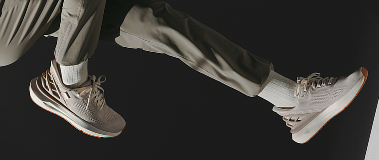
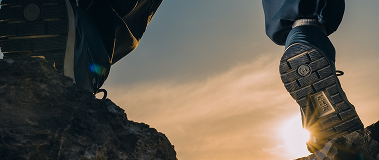

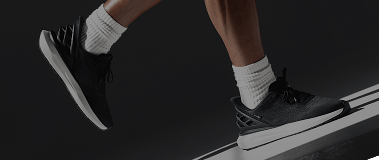
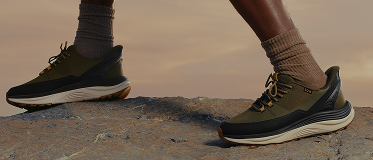
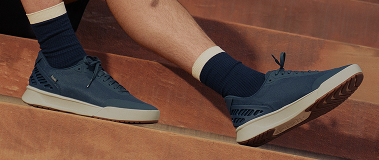
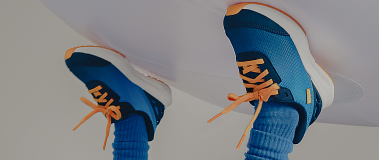
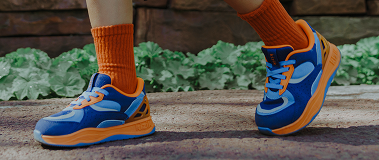
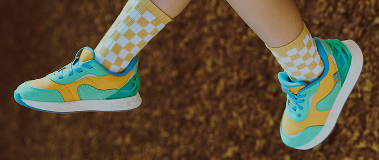




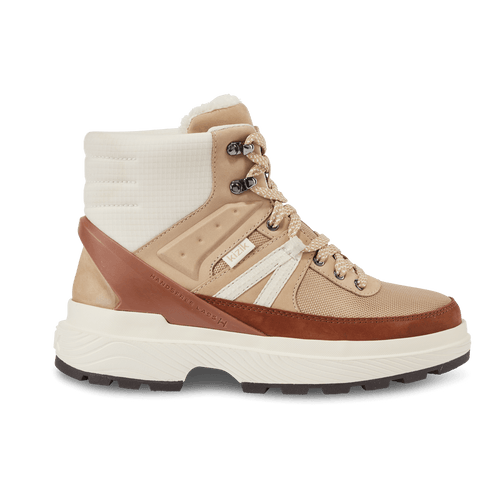
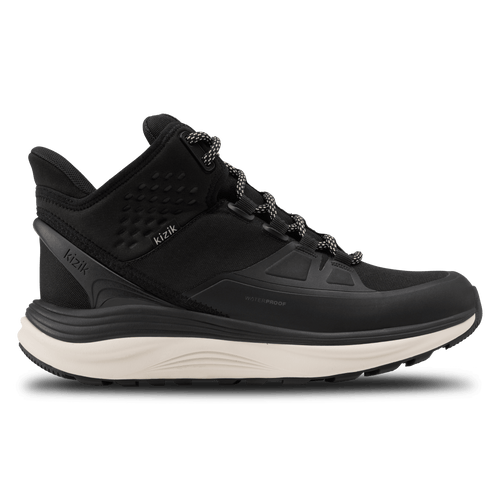





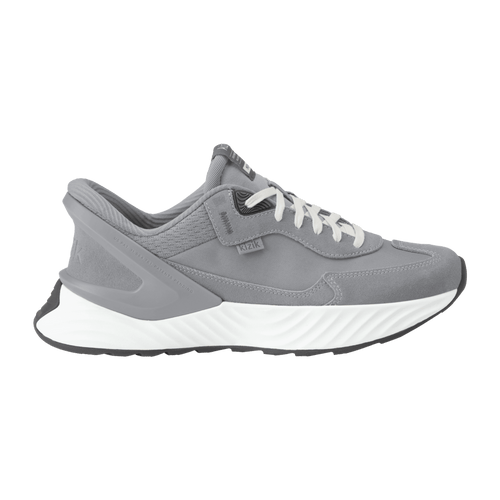


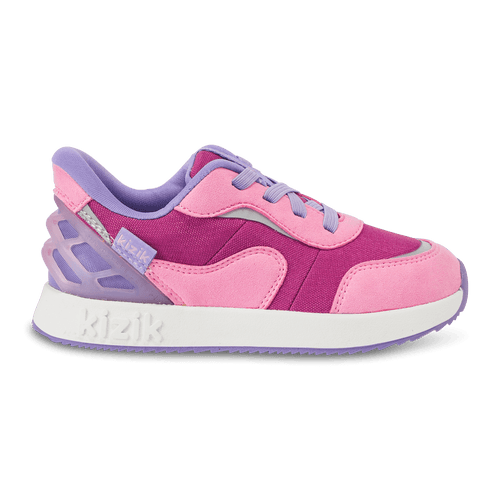

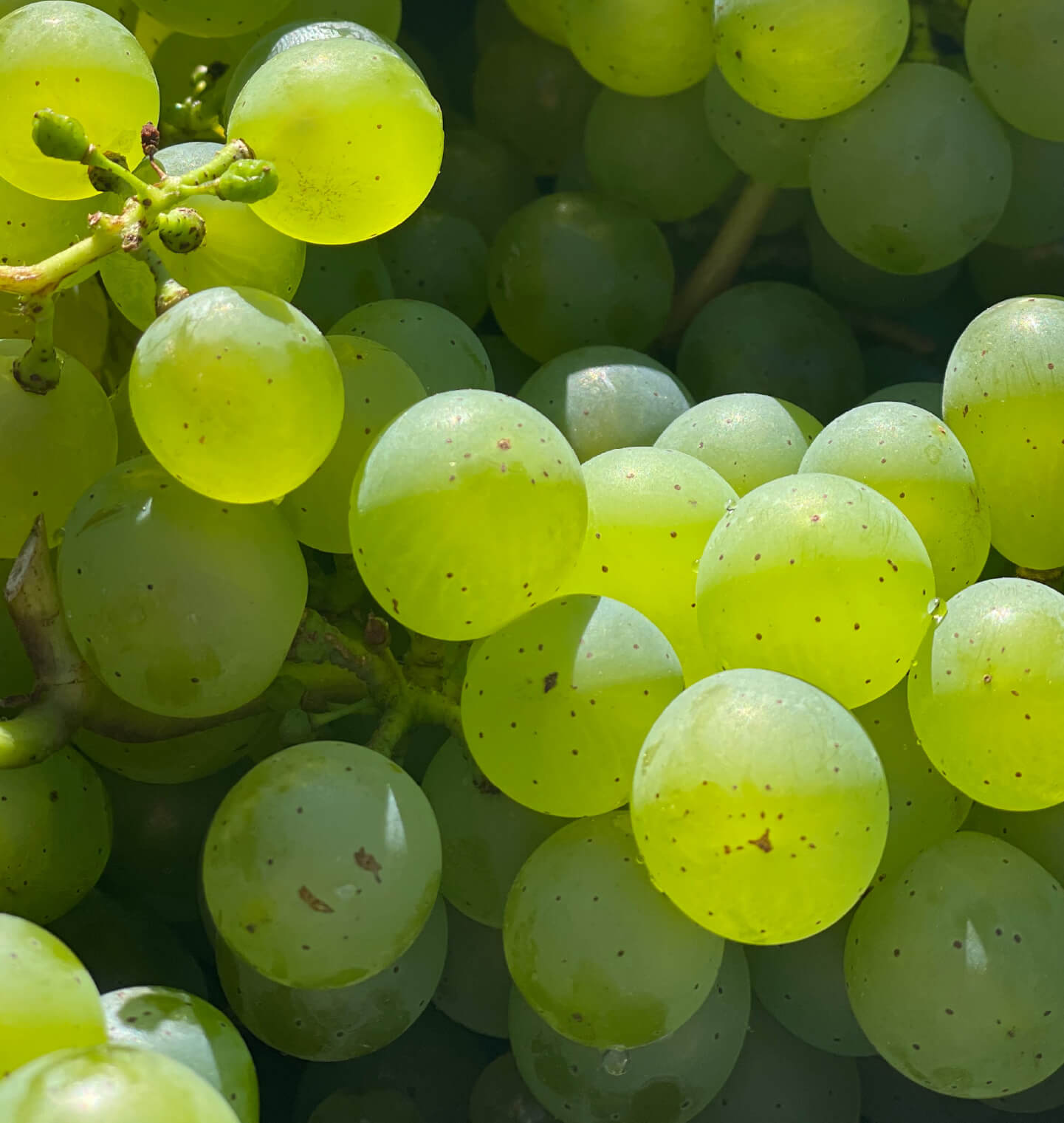
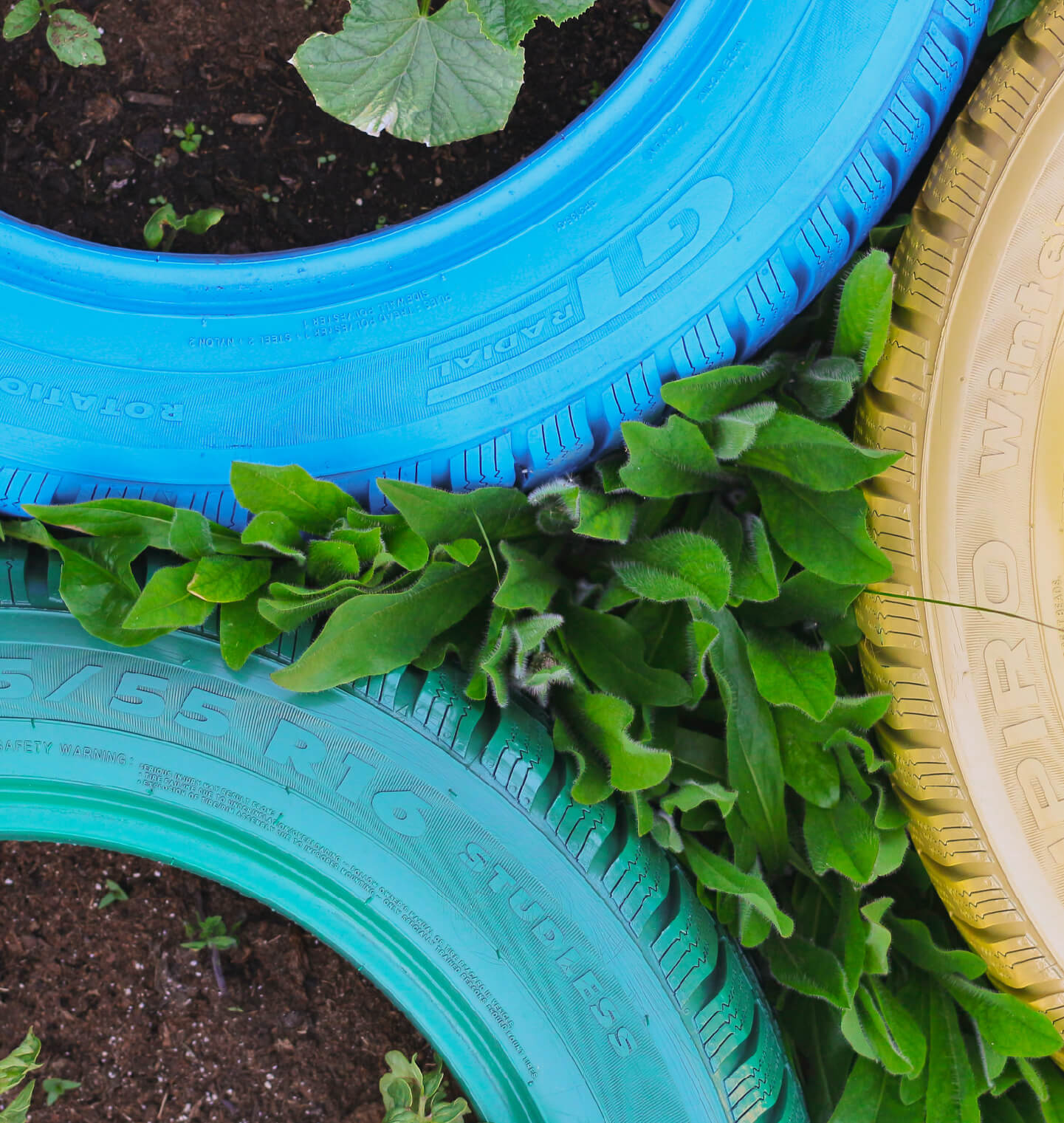
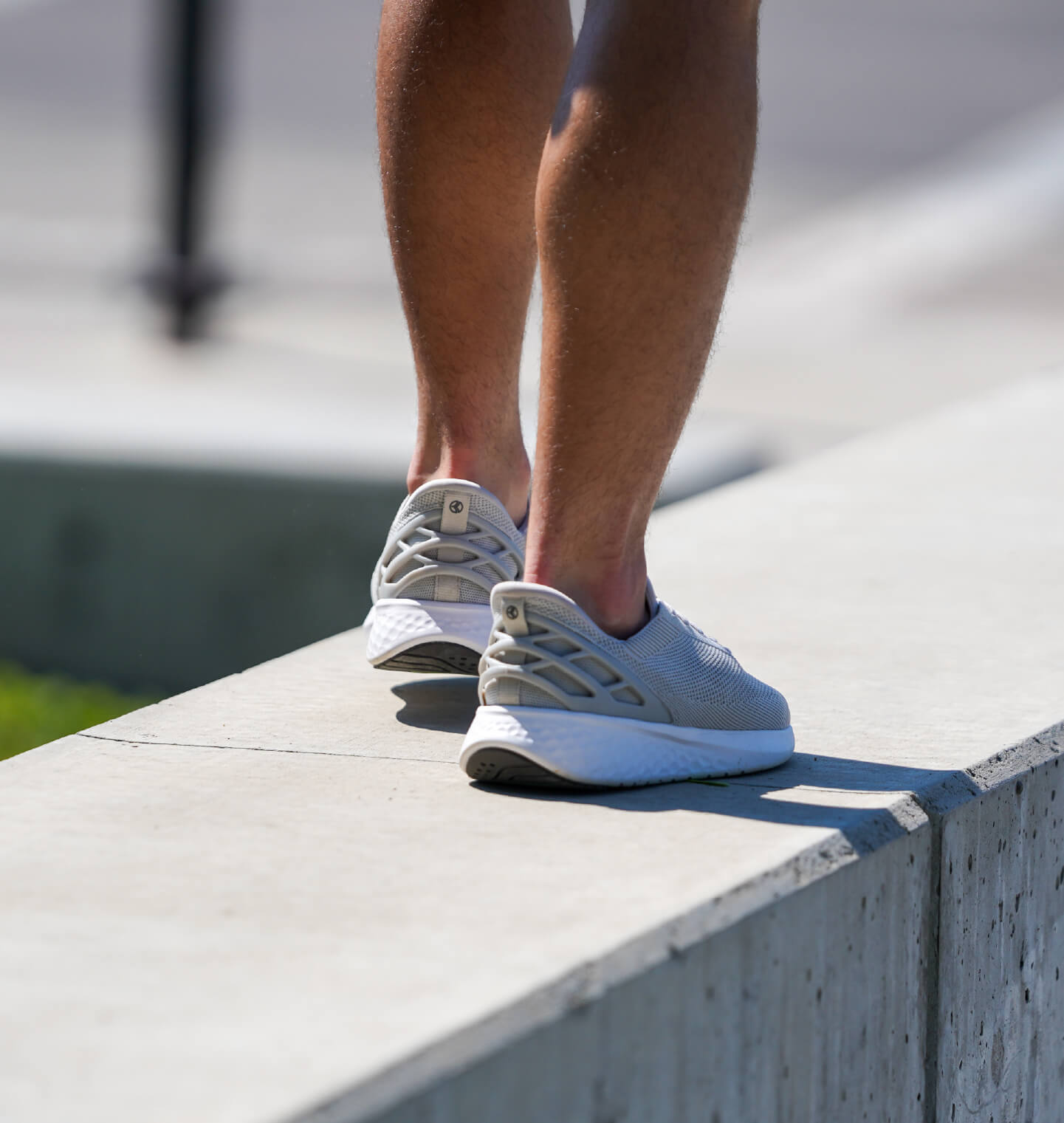
Leave a comment
This site is protected by hCaptcha and the hCaptcha Privacy Policy and Terms of Service apply.